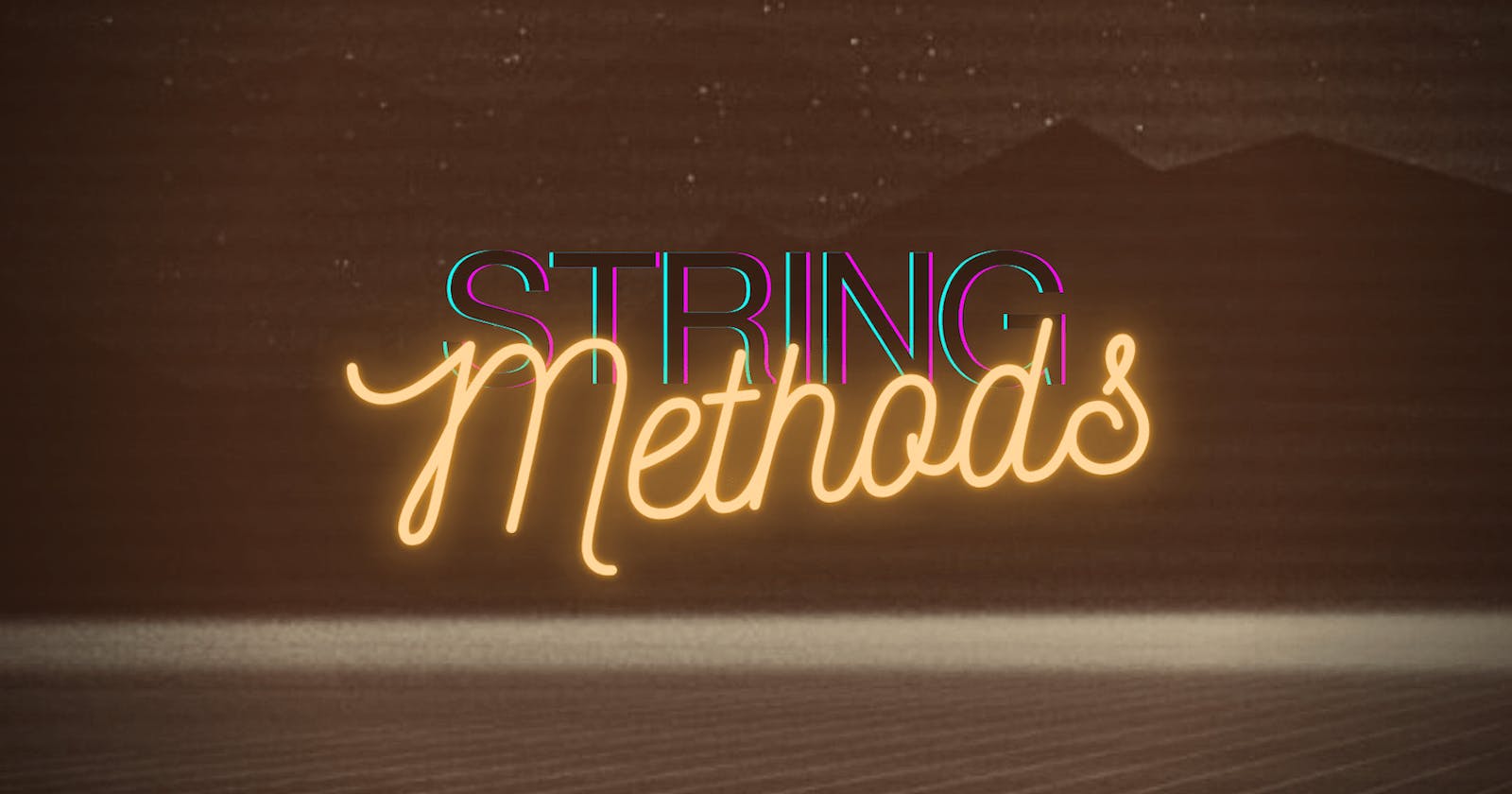Table of contents
On Strings
Strings hold data in text form. They have a length property, and you can use + and += to easily concatenate them:
let firstString = 'Hi'
let secondString = 'there!'
firstString.length
//output: 2
secondString.length
//output 6
firstString += ' you'
//output: 'Hi you'
firstString.length
//output: '6'
firstString + secondString
//output: 'Hi youthere!'
thirdString = firstString + ' ' + secondString
//output: 'Hi you there!'
thirdString.length
//output: 13
toUpperCase
toUpperCase() will return a new string after converting the value of the original to uppercase, if possible.
let firstString = 'Hi'
let secondString = 'there!'
let notAString = true
firstString.toUpperCase() + ' you'
//output: 'HI you'
thirdString = firstString + ' ' + secondString
//output: 'Hi you there!'
thirdString.toUpperCase()
//output: 'HI YOU THERE!'
notAString.toUpperCase()
//output: Uncaught TypeError
notAString.toString().toUpperCase()
//output: 'TRUE'
toLowerCase
toLowerCase() goes the opposite way, converting the value to lowercase and then returning the new string.
let firstString = 'Hi'
let secondString = 'ThERe!'
let thirdString = firstString + ' ' + secondString
//output: 'Hi ThERe!'
let fourthString = 'hi there!'
fourthString === thirdString
//output: false
thirdString.toLowerCase()
//output: 'hi there!'
fourthString === thirdString.toLowerCase()
//output: true
Practice
If you want a little practice, these 8-kyu Kata are a nice starting point:

